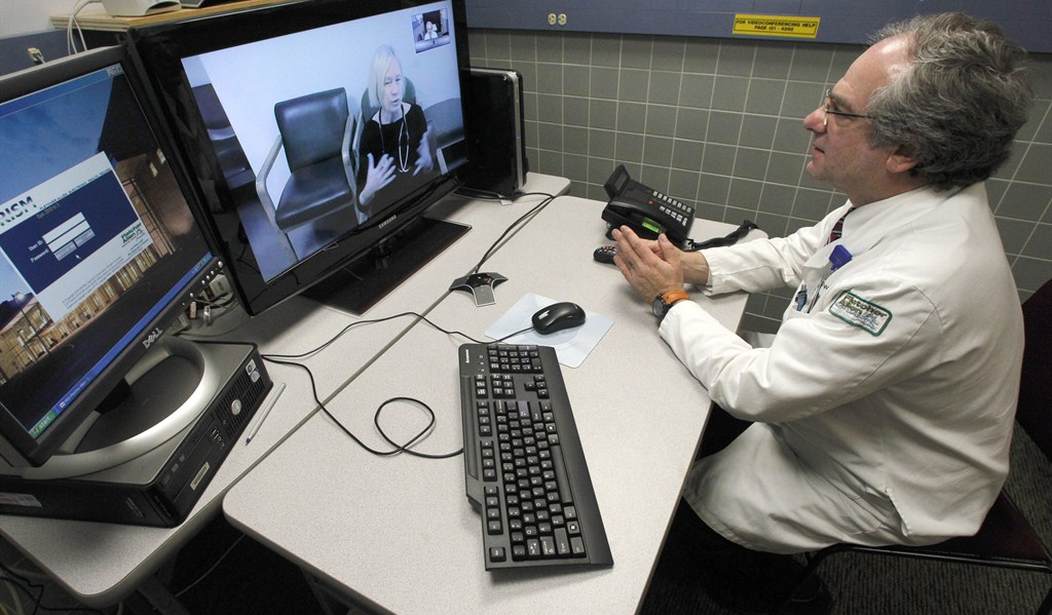A new study confirms it: When the government sticks to establishing guardrails and the private sector attends to delivering health care services, both patients and taxpayers can win.
The prescription drug benefit showed it was possible – average monthly rates are still lower than some in Congress wanted to mandate when the program began in 2007, and Part D has come in a third under budget over the course of its lifetime, all because it’s a program run almost entirely by the private sector.
Medicare Advantage, like Part D, is an example of Washington joining hands across the aisle to get things done for Americans. But it is something more than that.
As with Part D, the sweet spot lies in delivering these services at the lowest cost but with the highest levels of outcomes and customer satisfaction. And that sweet spot is a program where government sets the expectations, but private sector firms figure out how to meet these needs at the lowest cost to taxpayers.
Now, a new study by Avalere Health shows that Medicare Advantage is more efficient without a drop in quality. It found that original Medicare, whose trust fund is dwindling by the day, could extend its viability 17 years by adopting Medicare Advantage’s approach to the delivery of some services, including inpatient stays and home health care.
We already knew that Medicare Advantage is a less costly program for taxpayers. Avalere now shows that Medicare Advantage is also more efficient with its resources – and without a loss in quality.
Medicare Advantage performed more efficiently without any decline in service or outcomes on aspects of primary care, care management programs, location of care and other services. Among its 32 million customers, 94 percent are satisfied overall, 95 percent are satisfied with their access to care, and more than 90 percent are satisfied with their preventive care offerings. The same for satisfaction with affordability – 90 percent.
Recommended
Medicare Advantage is so popular because it’s a good deal. Virtually everyone has access to these plans now, and at least 97 percent offer vision, fitness, telehealth, hearing, and dental benefits. Virtually all cover over-the-counter items, a meal benefit, transportation assistance, and in-home support services.
Individuals enrolled in Medicare Advantage have access to more than $2,400 per year in additional benefits not available to original Medicare enrollees. Medicare Advantage plans demonstrate greater efficiency, cost-effectiveness, and overall value compared to original Medicare. And, in 2023, Medicare Advantage plans are expected to provide basic Medicare benefits at 83 percent of the cost of the original Medicare program. Additionally, Medicare Advantage offers services not included in traditional Medicare, such as comprehensive dental, vision, and hearing coverage, a cap on out-of-pocket expenses and, in many cases, access to low-cost prescription drug benefit plans.
On top of all this, the average monthly premium for Medicare Advantage is just $18.
How exactly does the government set expectations for Medicare Advantage? In this case, the Centers for Medicare & Medicaid Services approve all Medicare Advantage plans and requires them to offer similar or equal services to those of traditional Medicare. The result? Medicare Advantage plans, run by private sector partners, offer much more at a lower cost with better efficiency and outcomes. And these studies prove it.
Medicare Advantage beneficiaries spend $2,000 less per year on premiums and out-of-pocket costs than those in original Medicare – and they spend 12 percent less on health care overall. Additionally, they experience better outcomes – 24 percent fewer preventable hospitalizations and 70 percent fewer readmissions, according to another study, this one by Harvard-Inovalon.
Despite these clear benefits, there are forces in Washington right now working to tighten controls on Medicare Advantage and impose more mandates and less consumer choice- all in the name of protecting the government-run, government-operated Medicare program. But given how much less we’re spending and how much more we’re getting, that ought to be a tough argument to make.
























Join the conversation as a VIP Member